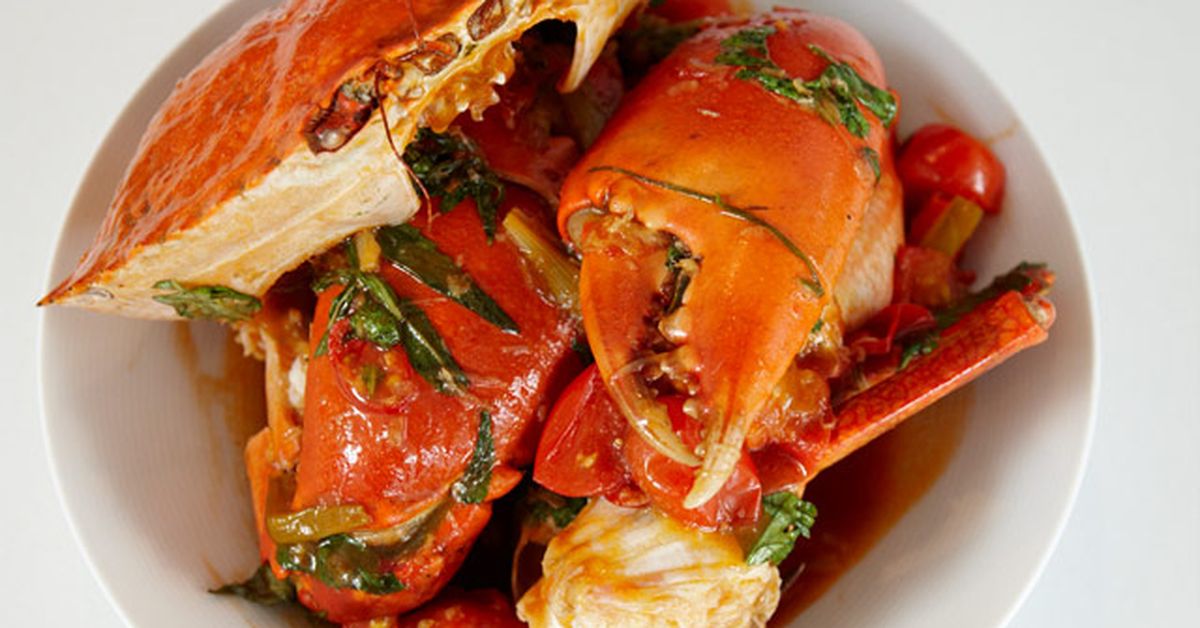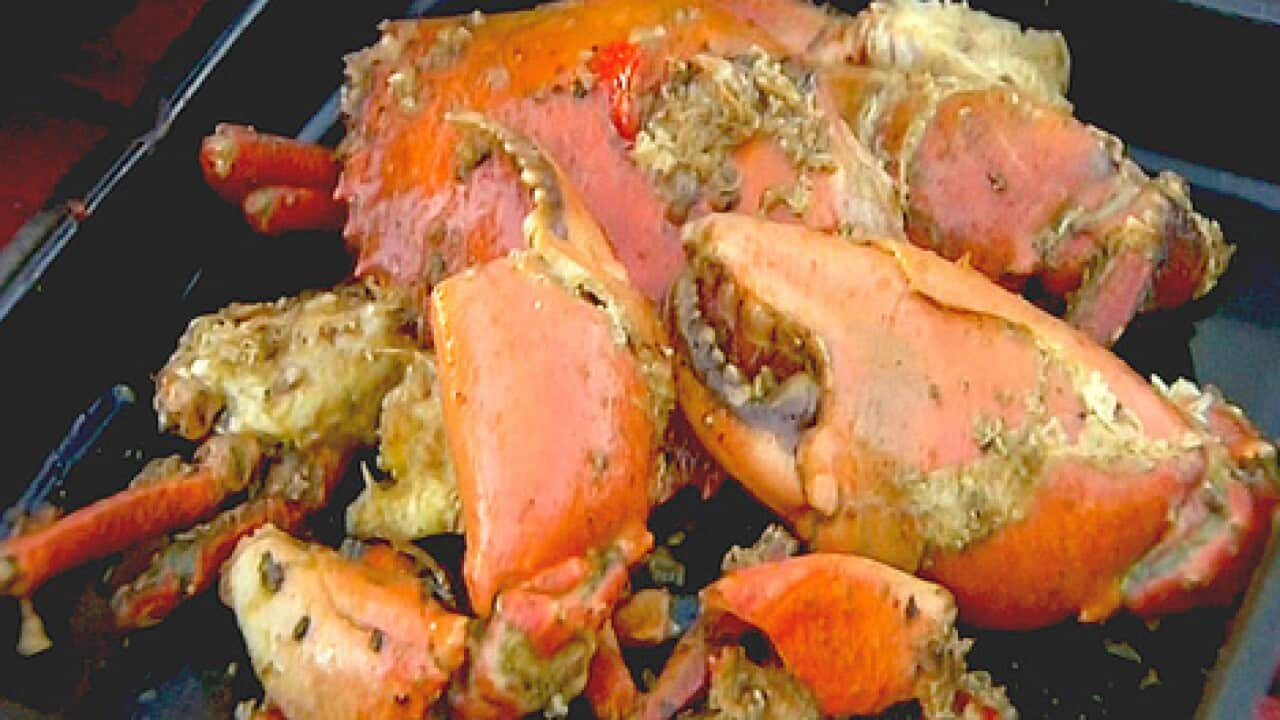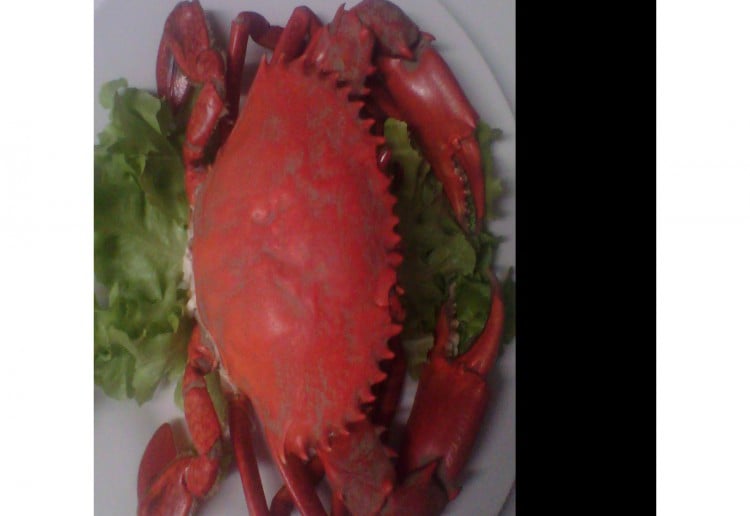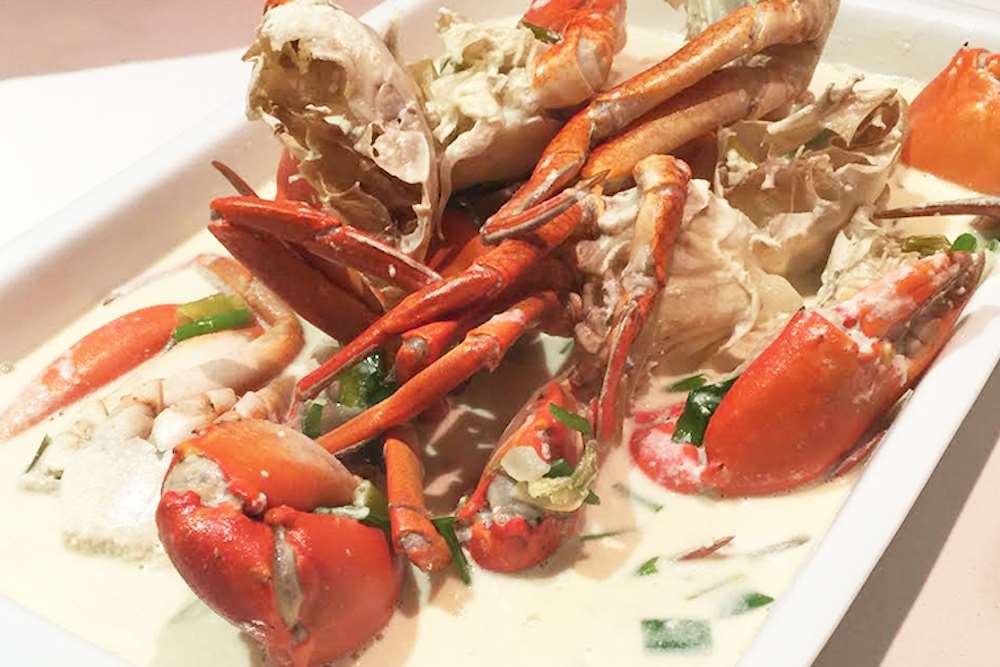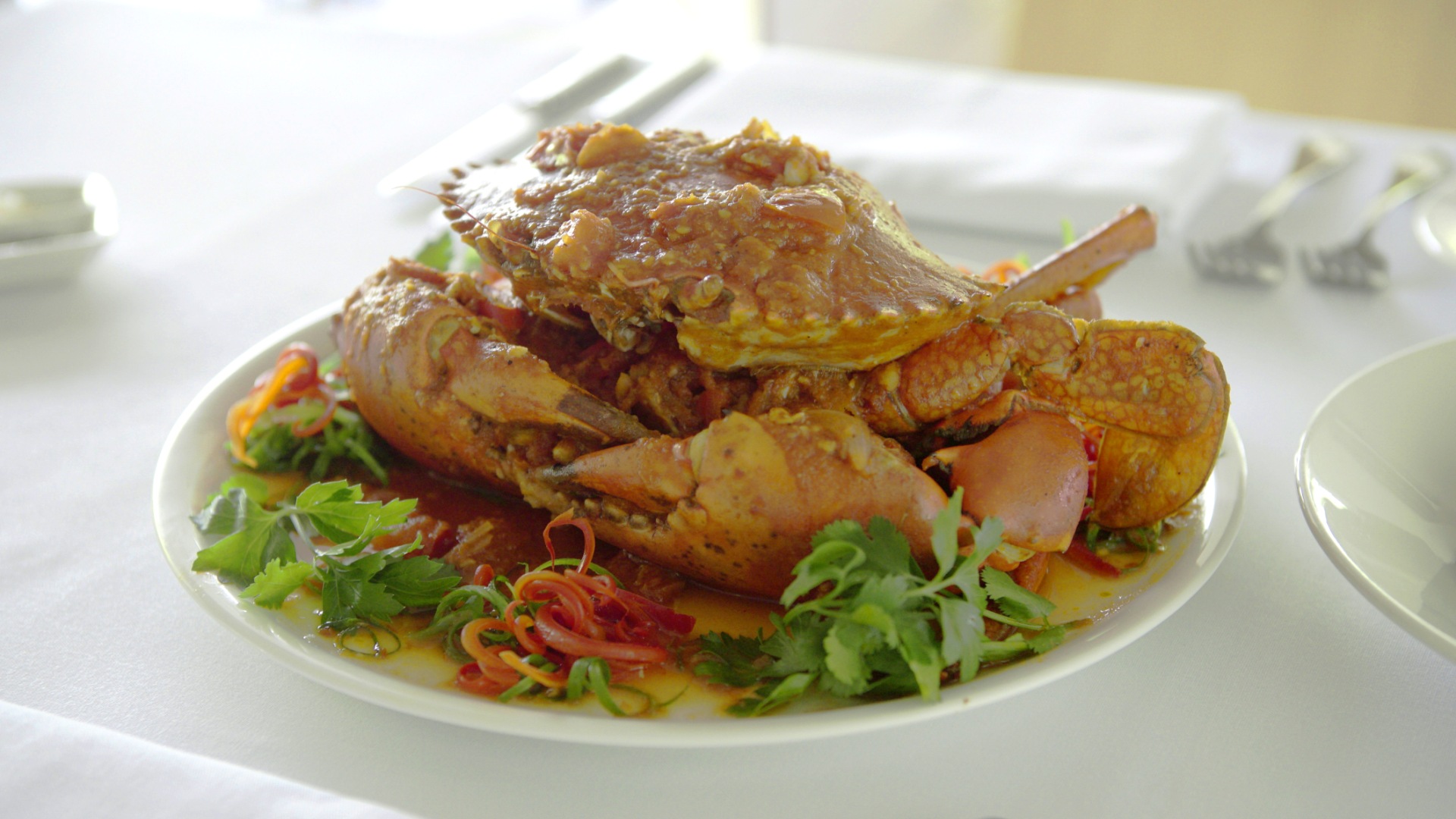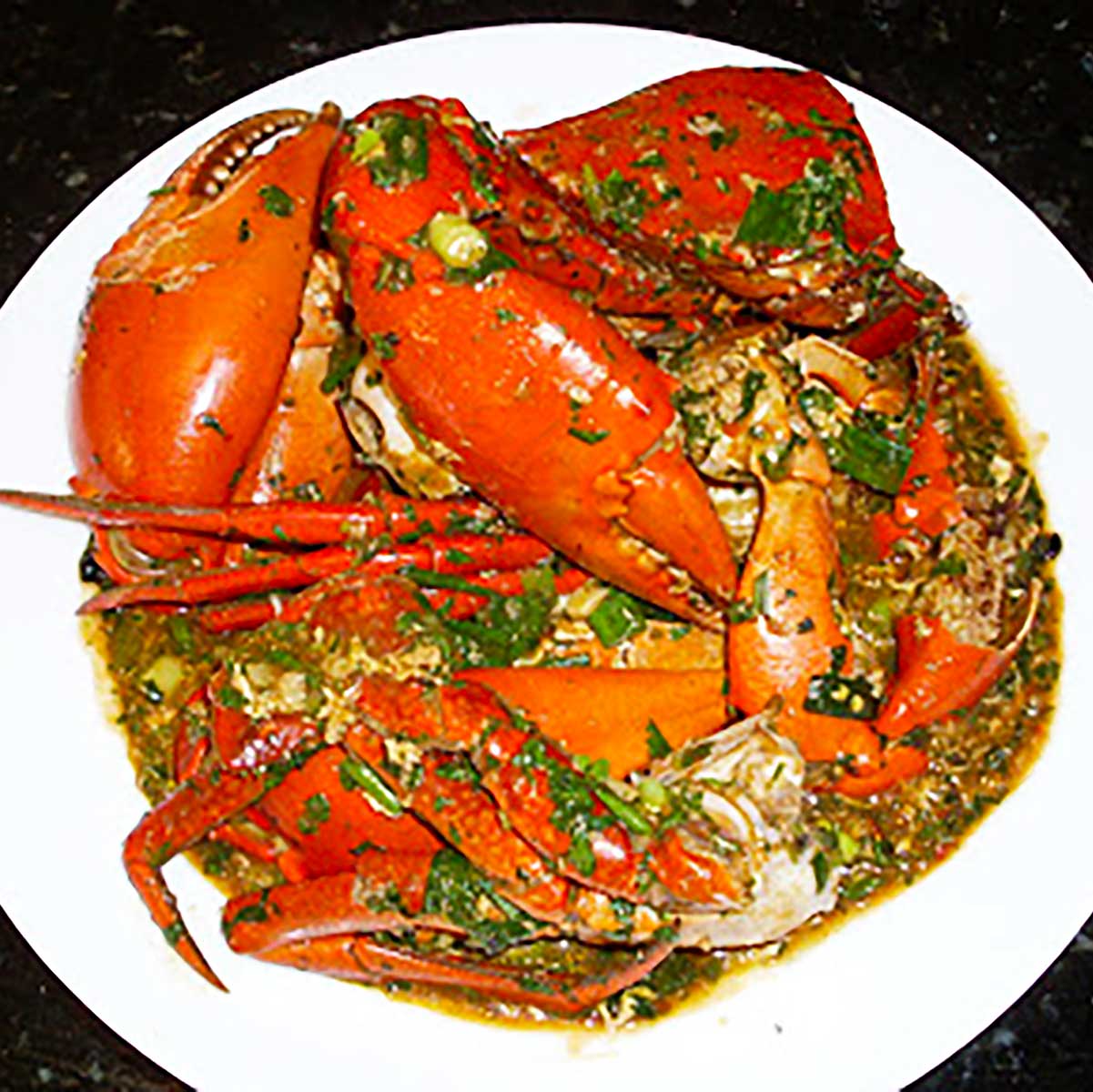Mud crab
Mangrove crab
Mangrove crabs are crabs that live in and around mangroves. They belong to many different species and families and have been shown to be ecologically significant by burying and consuming leaf litter. Mangrove crabs have a variety of phylogenies because mangrove crab is an umbrella term that encompasses many species of crabs. Two of the most common families are sesarmid and fiddler crabs. They are omnivorous and are predated on by a variety of mammals and fish. They are distributed widely throughout the globe on coasts where mangroves are located. Mangrove crabs have wide variety of ecological and biogeochemical impacts due to the biofilms that live in symbiosis with them as well as their burrowing habits. Like many other crustaceans, they are also a human food source and have been impacted by humans as well as climate change. Current estimates place the number of mangrove crab species at 481 in 6 different families, with new species being discovered frequently. Mangrove crabs primarily live in the Indo-West Pacific region in mudflats along tropical coasts. The largest habitats for mangrove crabs are in Southeast Asia, South America, and Northern Australia. As their name suggests, they are primarily found among mangrove tree forests and form symbiotic relationships with the trees, restricting their habitat to where the trees can grow. A variety of different species are what makeup the umbrella term of mangrove crabs. The two main crabs that typically dominate mangrove ecosystems are the sesarmid and fiddler crabs (Ocypodidae). The main difference between the two crab groups is their foraging habits. Litter ingested by sesarmid crabs forms fragmented organic material that helps stimulate microbial respiration, in contrast fiddler crabs remove reactive organic carbon. Mangrove crabs are a part of the Animalia kingdom and are put into the Arthropoda phylum, Malacostraca class, and Decapoda order. Mangrove crabs can be classified into six different families: Camptandriidae, Dotillidae, Macrophthalmidae, Ocypodidae, Sesarmidae, and Oziidae.
Source: Wikipedia
